Contents
1 Introduction
Recently, I finished 銀河英雄伝説 (ぎんがえいゆうでんせつ), or the Legend of the Galactic Heroes (1988). It took me 312 days to finish for 110 episodes (47.5h)… needless to say, I took a lot of breaks while watching the show.
Still, while it definitely is a slow burn, I can pretty confidently say that this is my favorite anime I’ve ever watched. It’s truly unique to the genre, as far as I’ve seen, in scale, narrative depth, detail, and pure grandeur.
I can’t recommend it enough.
I’ll try my best not to spoil anything, but there are a few very light ones.
2 Production
Being an anime from 1988, the art-style is pretty distinctive compared to the moe-brainrot-simple-shapes-degenerated-design I’m typically used to watching. I’m not going to lie, I really didn’t like it at first, but somewhere around 20 episodes or so in, I started to enjoy it. Looking back at it now, I can’t imagine what I was thinking, because I find the character design and visual detail (especially in battle scenes) to be extremely beautiful.
2.1 Art style
One thing I will mention though, is that I still only really like the “classic” art style used in the show. On occasion, the art style switches to a more modern, flat-ish style, that I assume is due to either different art directors or different animation contracting.
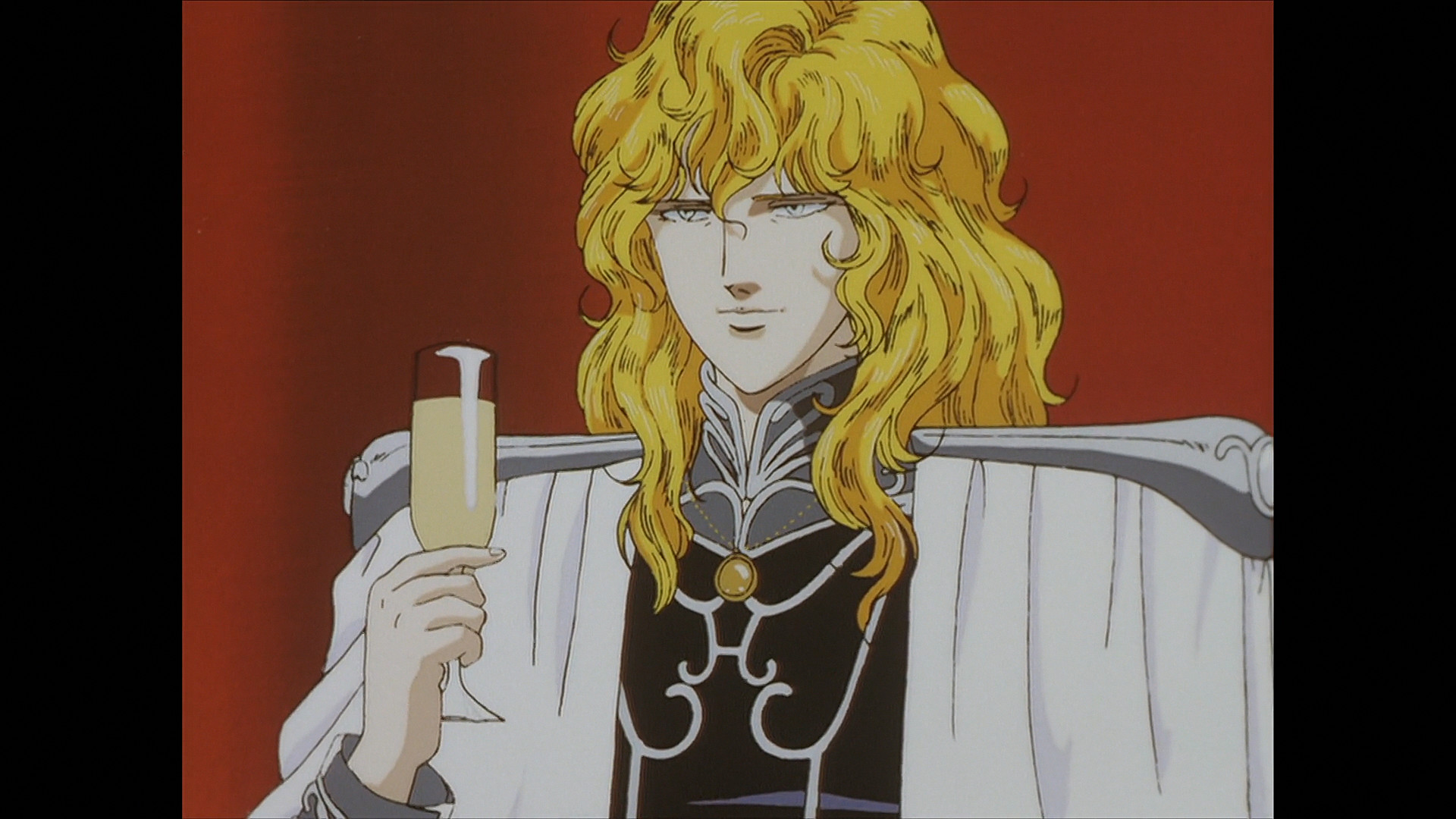
Reinhart from episode 100, Hoch Kaiserin!.
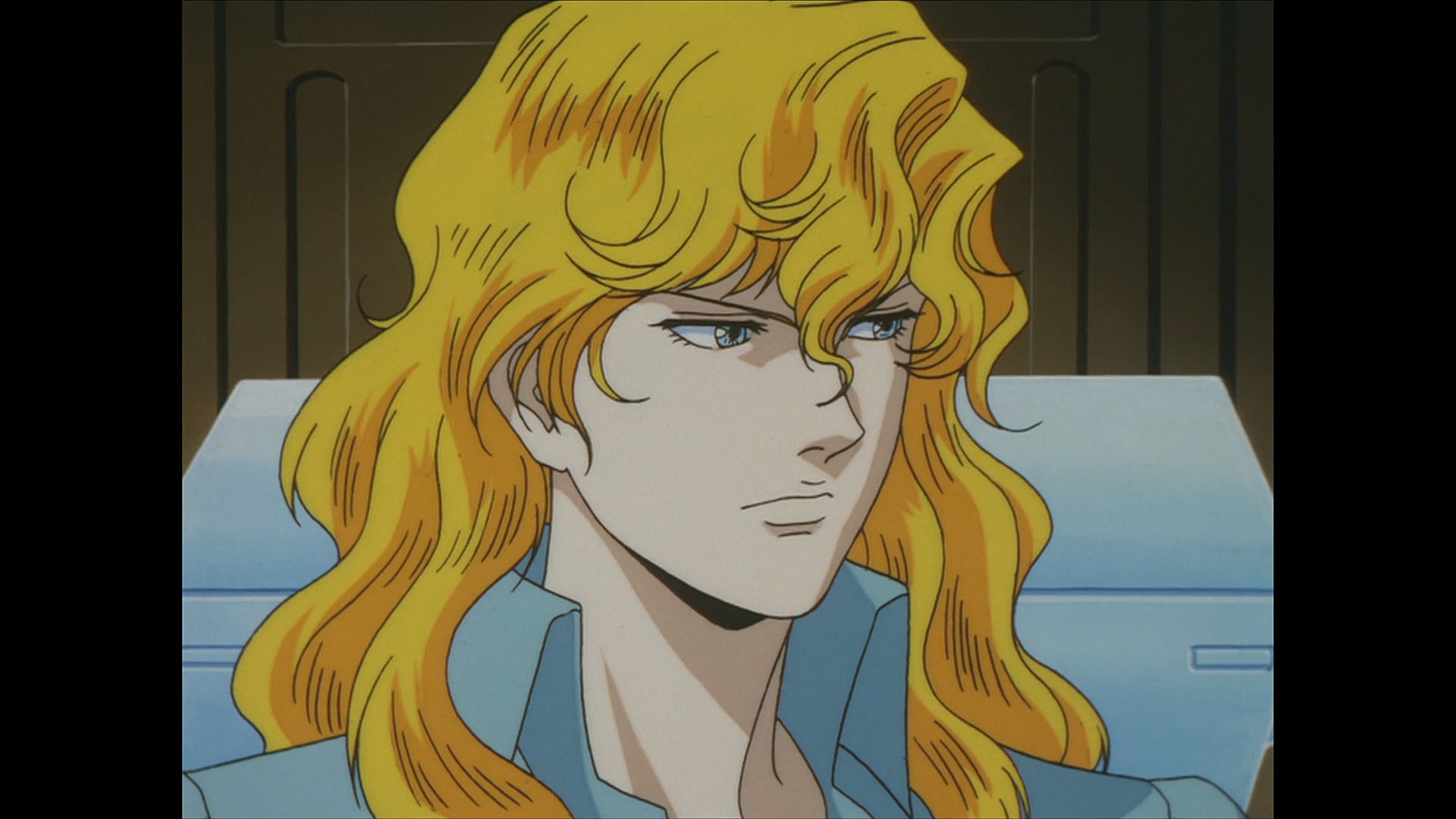
Reinhart from episode 110, 夢, 見果てたり (Seeing a dream through the end)
I vastly prefer the more detailed style, the lines are sharper, characters are more emotive, and it’s in general nicer to look at. It’s super jarring whenever they switch art styles, and sometimes they use the newer style for episodes at a time. I didn’t find it a huge issue mainly because so few episodes are animated in the second style, but it was something that bothered me a bit.
2.2 Battles
I have to comment on how brilliantly done battle scenes, especially the early ones are done. The art does a great job at conveying a sense of absolutely immense scale of these literally galactic battles while never losing focus on the individual ship, and the individual soldier.
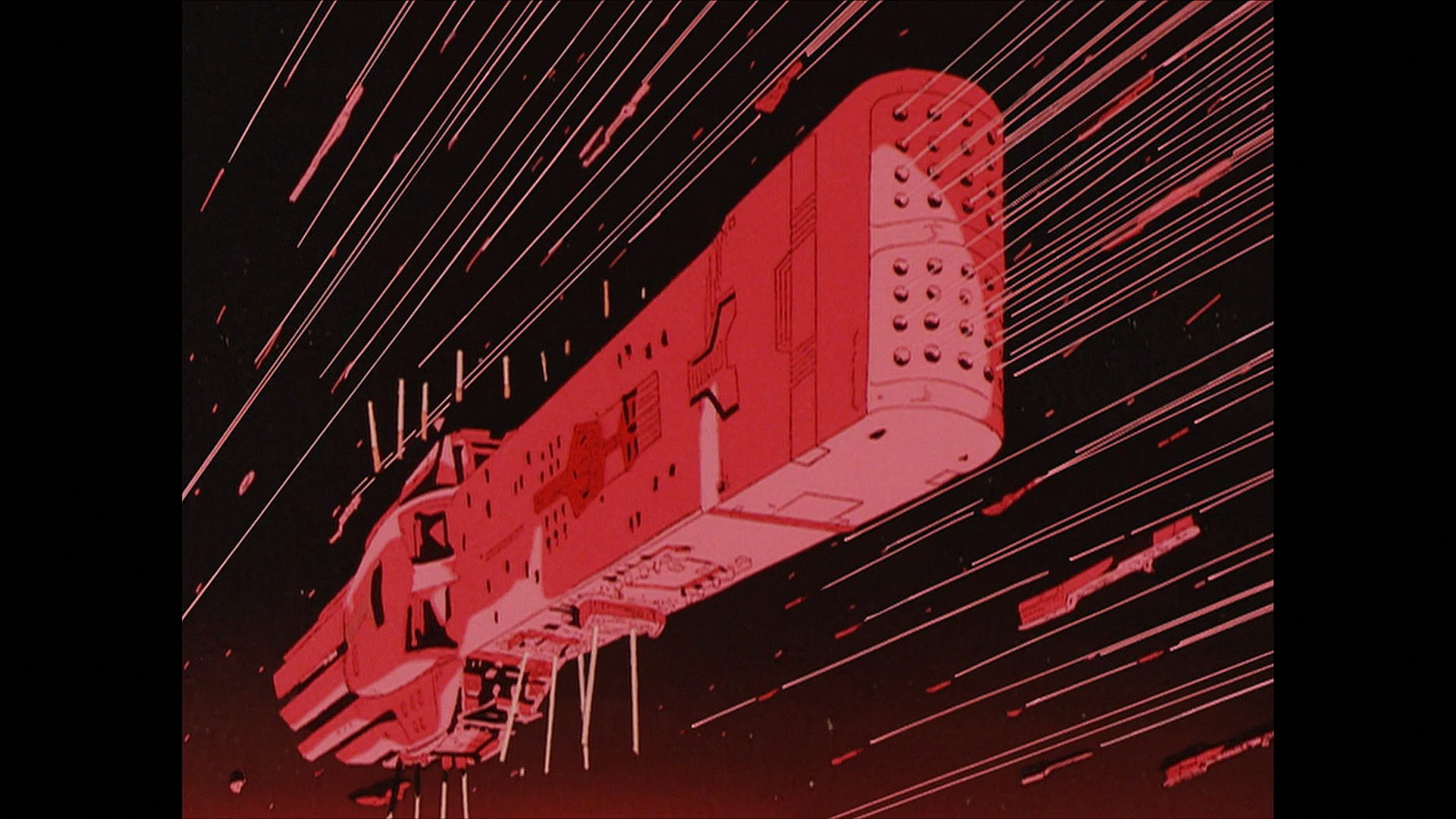

2D ships being blown up has never looked this good. Shots of hundreds of thousands of ship are balanced well by shots of the people controlling them. Really three levels are used frequently. The “control-panel” level which we spend the most time at, following commanders looking at formation shapes on their dashboards. The second is the ship level, where we typically see them blown up. The last level, and the most detailed and shocking are the ones with nameless soldiers. It’s always a little jarring to go from these romantic shots of commanders and their safety, to soldiers trying to collect their intestines, getting impaled by iron struts, or electrocuted.
2.3 Alliance vs Empire design
In passing, I’d like to mention that I really loved the design Alliance places, uniforms, and ship interiors. It contributes massively to the masterful worldbuilding, and makes places and through them, people and situations feel real and grounded to the planet, area, and government.
2.3.1 Alliance
On the alliance side, design really hold a sense of the values the Alliance stands for, like idealism, technology freedom, democracy, and so on. The ships look futuristic and practical, using greens and blacks, with dangerous looking spikes.
Alliance cities also look modern, with tall spires, glass, and metropolitan design.
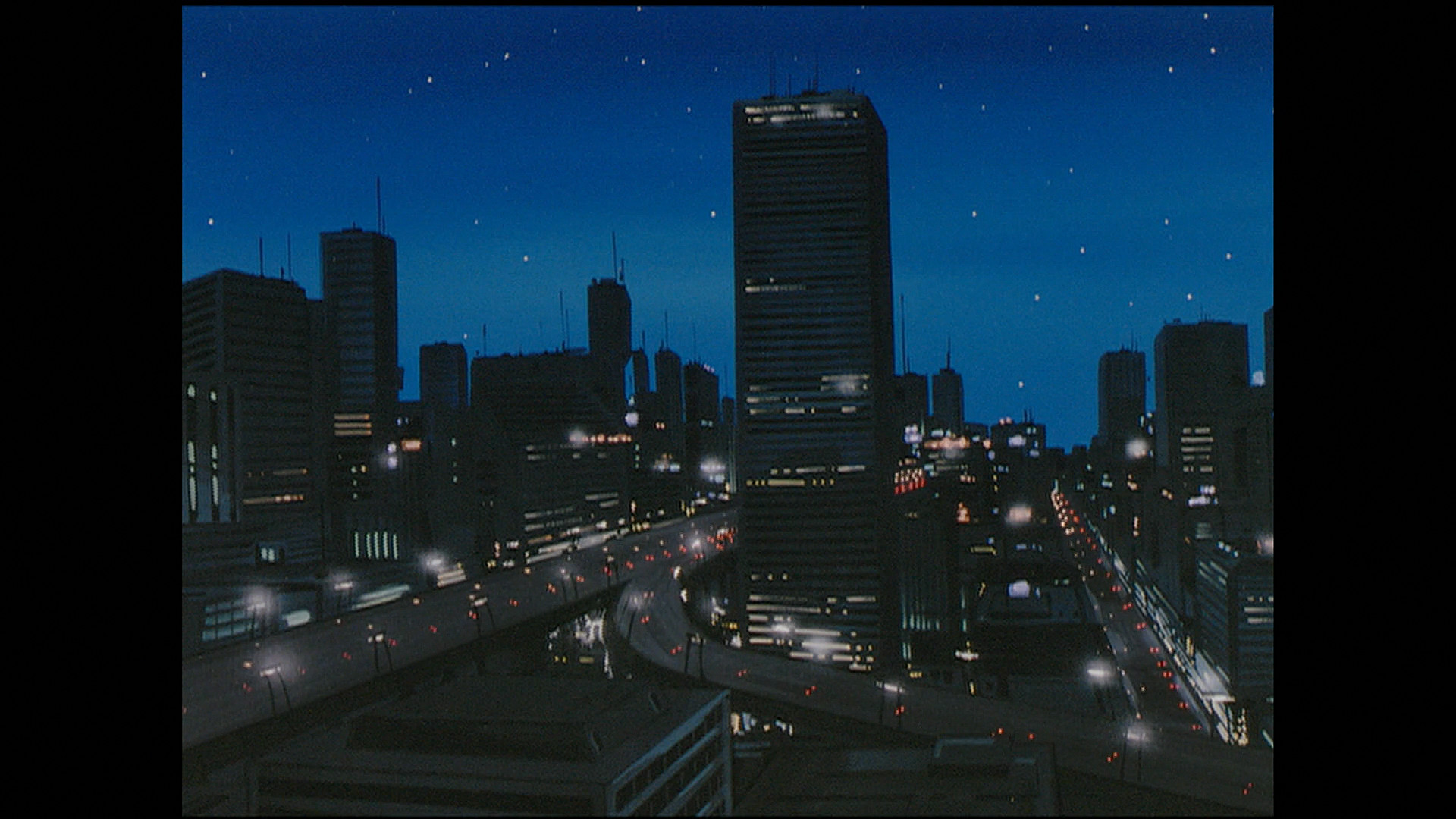
What I love about the design is it’s consistency and depth. These choices aren’t skin deep, they pervade the interior of buildings when we see characters inside them, and most importantly they actually play a role in the world, affecting plot (I’d have to use some spoilers) and feel incredibly real in a way that setting has never felt real to me in anime before.

I find the ship interiors to be particularly special in this respect. They’re so remarkably unique that the perspective switching that happens so often in the show is perfectly fluid.
2.3.2 Empire
The empire’s designs focus on royalty, luxury, dignity, and wealth. I’m a big fan of how much respect LOGH gives to buildings in general. The construction of a new imperial palace is a great undertaking, with architects, interesting characters, discussions, and it also actually takes a lot of time, both in the show and in terms of episodes.
I struggle to do it justice with just screenshots.
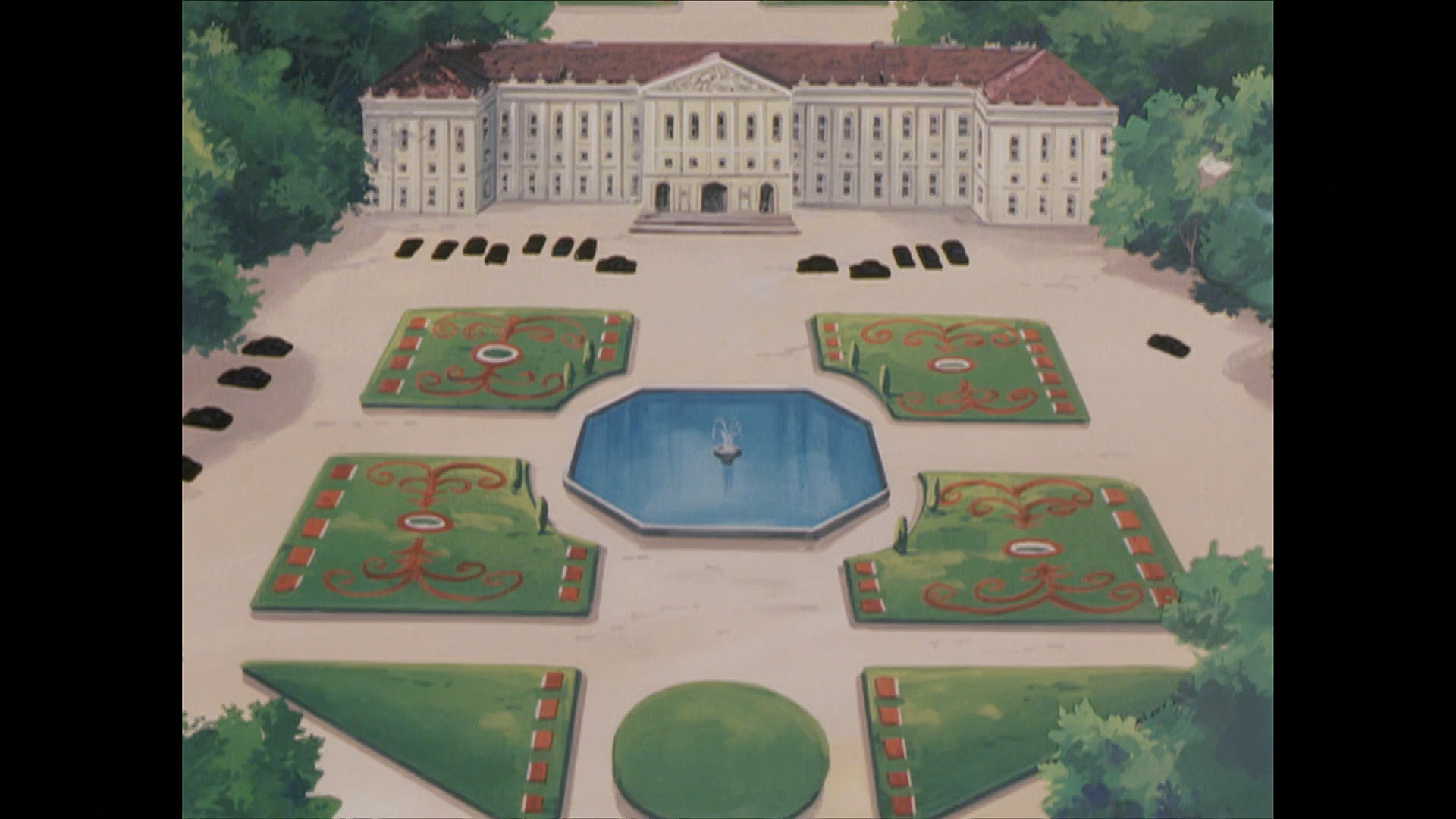
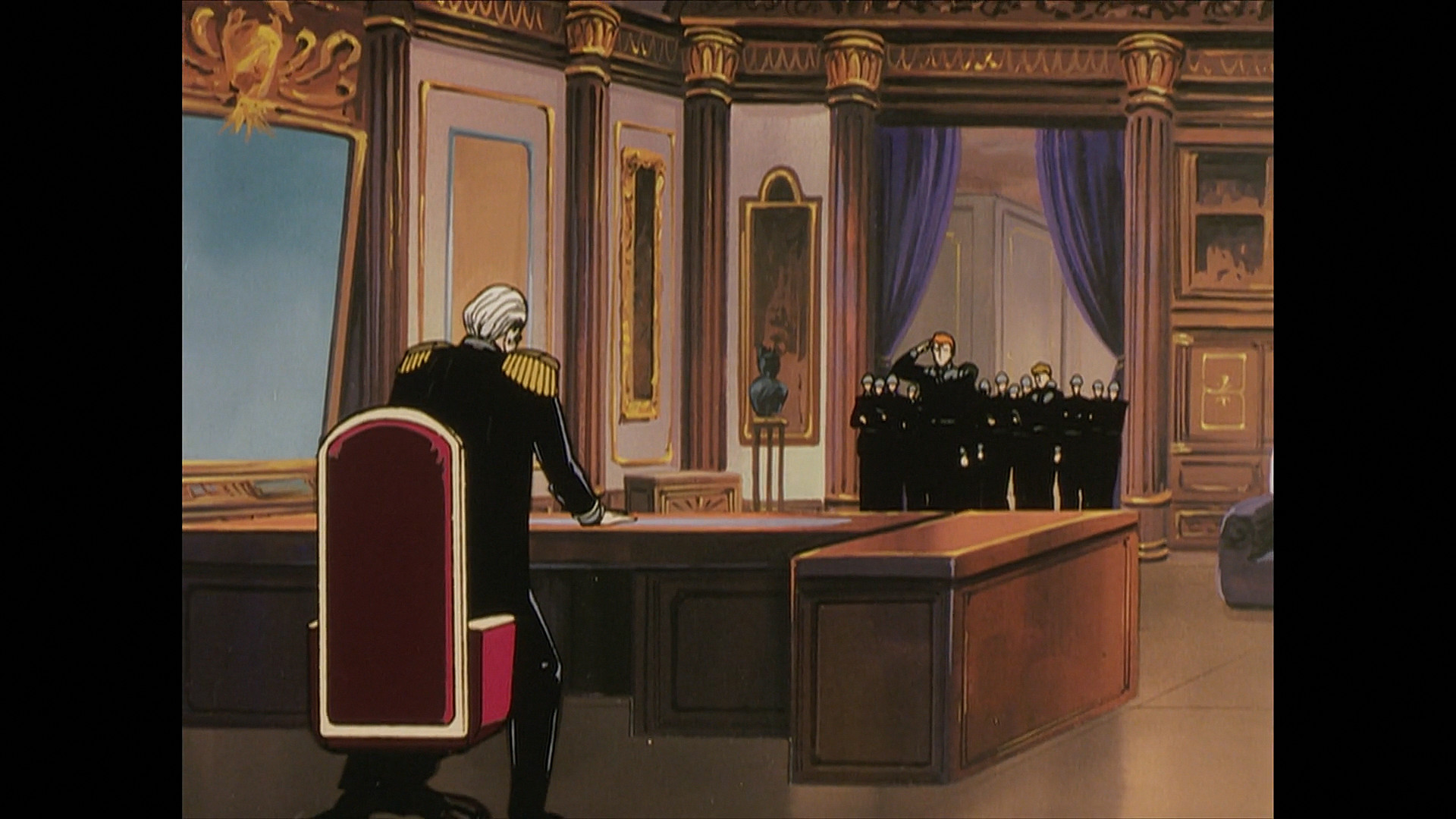
Of course the ships, uniforms, and ship interiors also match. It’s hard to capture in screenshots specifically because what’s so special about it is its consistency and grandeur. Reinhart’s flagship later in the show, the Schlossbrand, and Neue Sanssouci are some of my favorite locations.
Whats also cool is that when one side manages to capture another side’s location, which happens a lot, they actually make that place their headquarters. It’s awesome to see different characters in the same places, and how the interior of each place changes as a result of decorations and portraits (suprisingly, art installations are a big focus in interior shots) that the occupiers put up.
2.4 Music
No review of this show would be complete without a mention of it’s fantastic music. Theme songs are changed after each big sub arc, and each of them are super fitting to their plot sequence.
My favorite OP would definitely have to be “Must be Something” by Hitomi Konno. It’s as rich and epic as the segment of the show it plays in, the last 25 or so episodes.
My favorite ED is the second one, 旅立ちの序曲. I like how the ops tend to be more focused on the Empire, and the EDs give more attention to Alliance characters.
In any case, past the theme songs I found the orchestral soundtrack amazing, especially during battle scenes. They contribute to a sense of scale during these really grand scenes that I really enjoyed.
3 Thoughts on the plot
The narrative in LOGH is absolutely the bread and butter of the show. It drives almost every moment of animation.
From a big-picture point of view, we see these two powerful governments, the democratic Alliance and the oligarchic Empire. What really draws us in though, are these two emerging generals, Yang and Reinhart. Their stories and conflicts reflect the larger stories and conflicts of their respective governments, and these reflect the overarching conflicts of ideals and values.
3.1 Characterization
In terms of characterization, LOGH is masterful in two respects. The first is the buildup of an incredibly rich and fleshed out cast of side characters.
Every character, on either side, has a definite purpose on the galactic canvas. Each person is given a backstory, and a conclusion. Reinhart’s admirals stand out to me here, in which each admiral is extremely distinct in their plot arcs, personality and behavior.
LOGH has a huge cast in total, and each of the characters manages to me beautifully unique, either visually, or by some idiosyncrasy, or by some unique personality point that matters to the plot.
The two characters that LOGH spends its most time on are certainly Yang and Reinhart. They end up being some kind of lenses into the values they stand for.
Yang is the laid back character, unambitious to a fault. He sort of recognizes the pointlessness and tragedy of violence while simultaneously realizing, bitterly, the necessity of large scale warfare. He holds these contradictory views that mirror the contradiction in himself, in that he’s both a historian and a (reluctant) soldier.
He’s obsessed with the grand picture, like the preservation of freedom. A selfless individual working for the greater body, a symbol of democracy.
Reinhart on the other hand, is the embodiment of ambition. He cares about power on a much more personal level. This fact ends up being both his greatest weakness as well as his greatest strength. He lives for the thrill of the fight and the conquer.
Especially towards the end, Reinhart is sort of idolized in a kind of Nazi fashion, as this kind of benevolent dictator working for the benefit of their people through world domination. Other than this, Yang and Reinhart are evenly matched in ability, and it leads to fascinating interactions and developments.
3.2 Pace
LOGH is a really slow show to be sure, but it never lacks energy. What I mean is that while the plot is slow to develop, the audience never forgets where they are, how they got here, and finds it difficult to stop trying to predict where they’re going.
There is a truly absurd amount of dialogue, political intrigue, and military discussion. However, it’s exactly this buildup that makes the flashpoints, the battles, and the action so utterly exciting.
3.3 Thoughtfulness
If I had to describe the core of LOGH in a word, it would be “thoughtful.”
It’s really thoughtful in several ways. Mainly though, I say this with respect to its discussion of political history and ethics. A big theme throughout the show is the ambiguity of true justice with respect to perspective. It’s treatment of that topic is made possible only by a deep, but equal characterization of people on both sides of a very fundamental and historied conflict.
The main characters are exceptionally thoughtful. Both recognize the faults of each others and their own governments, and both are completely resolute in their own beliefs. To me, their actual low-level tactics on the battlefield are cool, but not the focus of the show.
Reinhart is a strong and capable leader, bringing about reforms, progress, and social improvement with the speed and energy that only one person in complete power could do. He realizes though, that the dynastic method of the Empire’s succession tradition mean that his children or their children may not be as capable as him. This thoughtfulness results in a deep conflict in his character that we follow towards the end of the series, and without spoiling much, has a profound outcome on the plot.
Similarly, Yang is also an extremely capable general and leader. However, he’s tied down by the bureaucracy and corrupt politics of the Alliance’s democracy. As an idealist though, he refuses to align the military against his government, even when it’s clearly for the betterment of the people. Yang’s thinking about democracy, in its flaws and in its ultimate superiority in the grand scheme is really interesting and the show spends a lot of time on it.